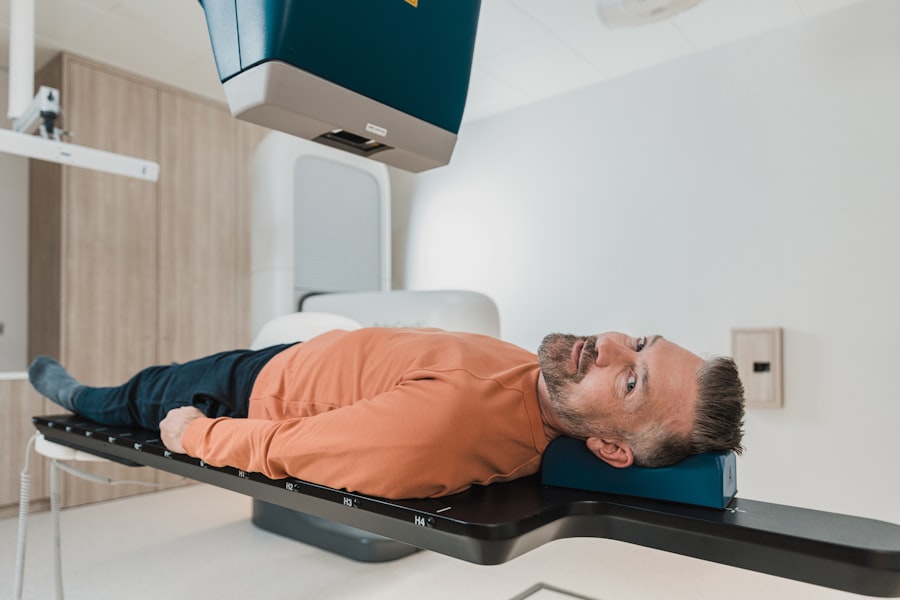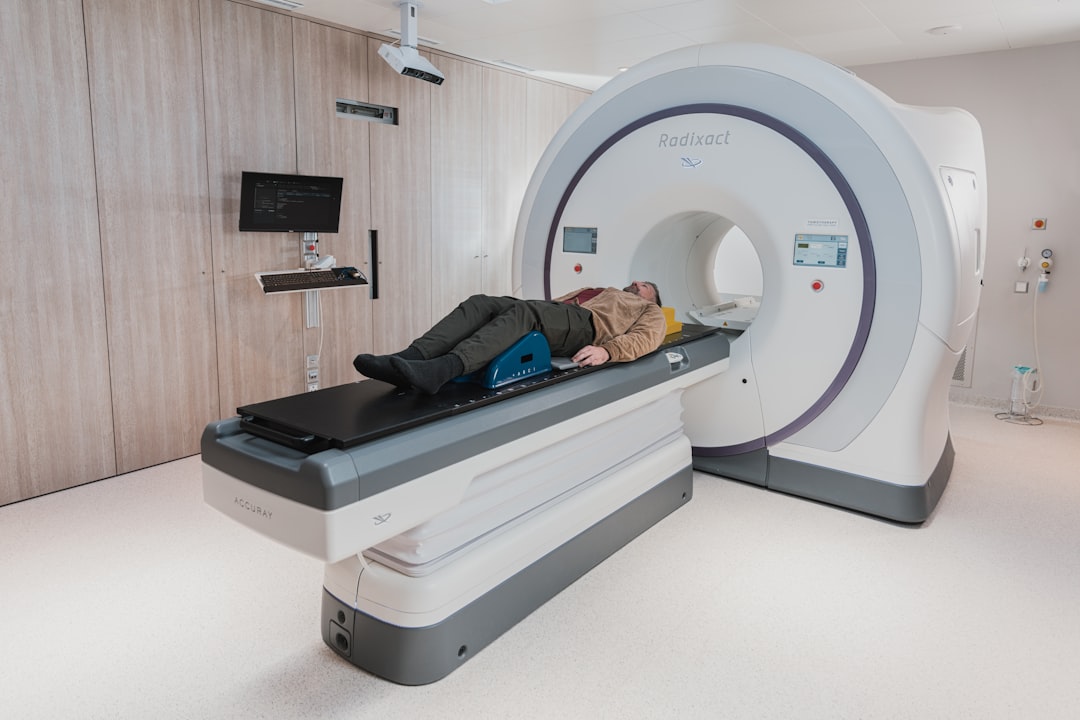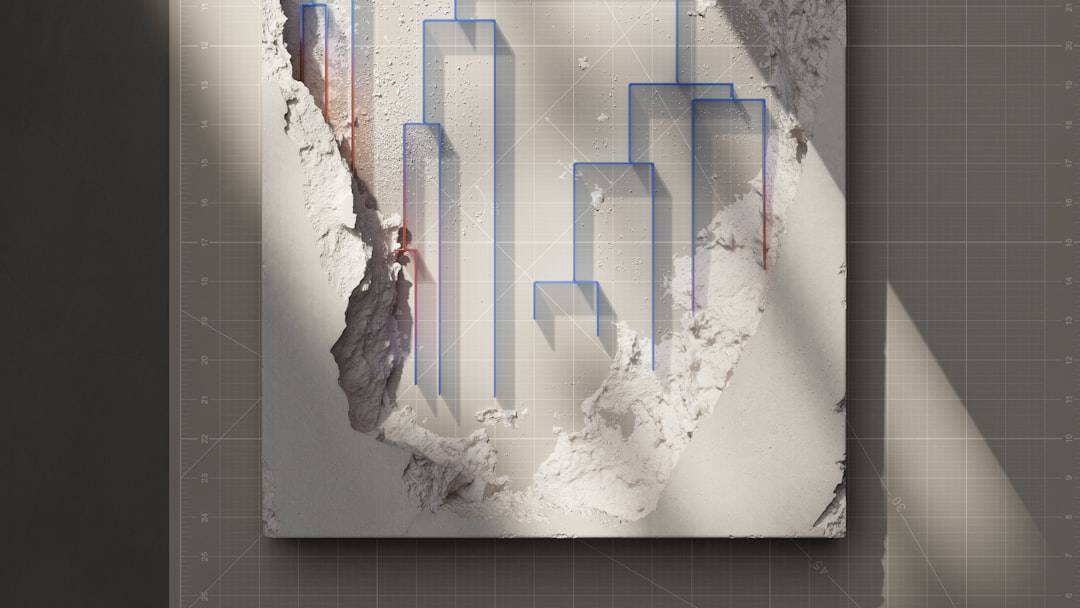In the rapidly evolving landscape of medical technology, DeepRadiology stands out as a pioneering force in the realm of diagnostic imaging.
By harnessing the capabilities of machine learning and deep learning, DeepRadiology is transforming the way radiologists interpret complex imaging data, enabling them to make more informed decisions in a timely manner.
CT scans are a cornerstone of modern diagnostic medicine, offering detAIled cross-sectional images of the body that can reveal a multitude of conditions. However, the sheer volume of data generated by these scans can be overwhelming for human interpreters. This is where DeepRadiology comes into play, utilizing sophisticated algorithms to sift through vast amounts of imaging data, identify patterns, and highlight areas of concern.
The integration of AI into CT scan analysis not only streamlines the workflow for radiologists but also enhances the accuracy and reliability of diagnoses, ultimately leading to better patient care.
Key Takeaways
- DeepRadiology is a cutting-edge technology that uses artificial intelligence to analyze CT scans and improve diagnostic accuracy.
- DeepRadiology plays a crucial role in detecting lung cancer at an early stage, leading to better treatment outcomes and higher survival rates.
- The importance of DeepRadiology in recognizing stroke symptoms quickly and accurately cannot be overstated, as it can significantly improve patient outcomes.
- Advantages of DeepRadiology include enhanced diagnostic accuracy, faster analysis of CT scans, and the ability to detect subtle abnormalities that may be missed by human radiologists.
- Despite its advantages, DeepRadiology also faces challenges and limitations such as the need for extensive training data and potential errors in interpretation.
- The future of DeepRadiology looks promising, with ongoing advancements in AI technology and its potential to further improve diagnostic accuracy in healthcare.
- Case studies have shown how DeepRadiology has improved CT scan analysis, lung cancer detection, and stroke recognition, leading to better patient care and outcomes.
- In conclusion, DeepRadiology has made a significant impact on diagnostic accuracy in healthcare, and its continued development holds great promise for the future of medical imaging and patient care.
The Role of DeepRadiology in Lung Cancer Detection
Challenges in Traditional Detection Methods
Traditional methods of detection often rely on the expertise and experience of radiologists, which can vary significantly.
The Role of DeepRadiology in Enhancing Detection
However, with the implementation of DeepRadiology, the consistency and precision of lung cancer detection are significantly enhanced. The AI algorithms used in DeepRadiology are trained on vast datasets containing thousands of annotated CT scans, allowing them to learn and recognize subtle indicators of lung cancer that may be missed by the human eye. These algorithms can detect nodules, assess their characteristics, and even predict their likelihood of malignancy.
Improving Diagnostic Outcomes with DeepRadiology
By providing radiologists with actionable insights and prioritizing cases that require immediate attention, DeepRadiology not only accelerates the diagnostic process but also increases the chances of successful treatment outcomes for patients.
The Importance of DeepRadiology in Stroke Recognition

Stroke is a medical emergency that demands rapid diagnosis and intervention to minimize long-term damage and improve recovery prospects. DeepRadiology has emerged as a critical ally in stroke recognition by enhancing the analysis of CT scans that are often used to identify ischemic or hemorrhagic strokes. The speed and accuracy with which strokes are diagnosed can significantly impact patient outcomes, making the role of AI in this context particularly important.
DeepRadiology’s algorithms are designed to quickly analyze brain CT scans for signs of stroke, such as changes in blood flow or structural abnormalities. By automating the initial assessment process, these AI systems can alert healthcare providers to potential strokes much faster than traditional methods. This rapid identification allows for timely interventions, such as administering clot-busting medications or surgical procedures, which can be life-saving.
Moreover, the ability to consistently recognize stroke patterns across diverse patient populations further underscores the importance of DeepRadiology in improving stroke care.
Advantages of DeepRadiology in Enhancing Diagnostic Accuracy
| Advantages | Explanation |
|---|---|
| Improved Accuracy | DeepRadiology uses advanced algorithms to enhance diagnostic accuracy. |
| Efficient Workflow | It streamlines the diagnostic process, leading to faster results. |
| Consistent Results | Reduces variability in interpretations, leading to more consistent outcomes. |
| Enhanced Detection | Capable of detecting subtle abnormalities that may be missed by human eyes. |
One of the most significant advantages of DeepRadiology is its potential to enhance diagnostic accuracy across various medical conditions. By employing machine learning techniques, these AI systems can analyze imaging data with a level of precision that often surpasses human capabilities. This increased accuracy is particularly beneficial in complex cases where subtle differences in imaging may indicate different diagnoses.
Furthermore, DeepRadiology reduces the likelihood of human error, which can occur due to fatigue or cognitive overload among radiologists. By providing a second set of eyes that is always alert and capable of processing information at lightning speed, AI-driven analysis helps ensure that critical findings are not overlooked. This dual approach—combining human expertise with AI efficiency—creates a more robust diagnostic framework that ultimately leads to improved patient safety and care.
Challenges and Limitations of DeepRadiology in CT Scan Analysis
Despite its many advantages, DeepRadiology is not without challenges and limitations. One significant concern is the need for high-quality training data to develop effective AI algorithms. The performance of these systems heavily relies on the diversity and comprehensiveness of the datasets used during training.
If the data is biased or lacks representation from various demographics, it may lead to inaccuracies in diagnosis for certain populations. Additionally, there is an ongoing debate regarding the interpretability of AI-driven decisions. While DeepRadiology can provide accurate results, understanding how these algorithms arrive at their conclusions remains a challenge.
Radiologists may find it difficult to trust AI recommendations if they cannot comprehend the underlying reasoning. This lack of transparency can hinder collaboration between human experts and AI systems, potentially limiting the full realization of DeepRadiology’s benefits.
The Future of DeepRadiology in Improving Diagnostic Accuracy

Advancements in DeepRadiology Technology
The future of DeepRadiology appears promising as advancements in technology continue to unfold. Ongoing research aims to refine AI algorithms further, enhancing their ability to detect a broader range of conditions beyond lung cancer and stroke.
Integration of AI in Healthcare Institutions
As more healthcare institutions adopt these technologies, we can expect an increase in collaborative efforts between radiologists and AI systems, leading to more integrated workflows. This integration has the potential to streamline diagnostic processes and improve patient care.
Regulatory Guidelines and Transparency
Moreover, as regulatory bodies establish guidelines for the use of AI in clinical settings, we may see a greater emphasis on transparency and interpretability in algorithm design. This shift could foster trust among healthcare professionals and encourage wider acceptance of AI-driven tools in diagnostic imaging.
The Future of Diagnostic Imaging
Ultimately, as DeepRadiology evolves, it holds the potential to revolutionize not only how we analyze CT scans but also how we approach diagnostics as a whole.
Case Studies: How DeepRadiology has Improved CT Scan Analysis, Lung Cancer Detection, and Stroke Recognition
Several case studies illustrate the transformative impact of DeepRadiology on CT scan analysis and its applications in lung cancer detection and stroke recognition. In one notable instance, a large hospital network implemented an AI-driven platform for analyzing chest CT scans. The results were remarkable; within months, the facility reported a significant increase in early lung cancer diagnoses compared to previous years.
Radiologists noted that they could focus on more complex cases while relying on AI to flag potential malignancies for further review.
The AI system was able to analyze brain CT scans within minutes, providing real-time alerts for suspected strokes.
This rapid response time allowed clinicians to initiate treatment protocols much sooner than before, resulting in improved patient outcomes and reduced hospital stays. These examples underscore how DeepRadiology not only enhances diagnostic accuracy but also streamlines clinical processes, ultimately benefiting patients and healthcare providers alike.
The Impact of DeepRadiology on Diagnostic Accuracy in Healthcare
In conclusion, DeepRadiology represents a significant advancement in the field of diagnostic imaging, particularly in the analysis of CT scans for conditions such as lung cancer and stroke. By harnessing the power of artificial intelligence, this innovative approach enhances diagnostic accuracy while alleviating some of the burdens faced by radiologists today. As we continue to explore the potential applications and benefits of DeepRadiology, it is clear that this technology will play an increasingly vital role in shaping the future of healthcare.
The integration of AI into medical diagnostics not only promises improved patient outcomes but also fosters a new era of collaboration between human expertise and machine intelligence. While challenges remain regarding data quality and algorithm interpretability, ongoing advancements will likely address these issues over time. As we look forward to a future where DeepRadiology becomes an integral part of clinical practice, we can anticipate a healthcare landscape that is more efficient, accurate, and ultimately more compassionate toward patients’ needs.
For those interested in the intersection of technology and healthcare, particularly in the areas of radiology support and CT scan analysis for detecting conditions like lung cancer and strokes, it’s crucial to understand how emerging technologies are shaping various industries. A relevant article that explores the broader implications of technological advancements in different sectors, including healthcare, is “Metaverse and Industries: Education and Learning.” This piece discusses how innovative platforms can transform traditional practices, which is directly applicable to understanding how similar technologies could revolutionize medical diagnostics and improve diagnostic accuracy. You can read more about this topic and its broader implications by visiting Metaverse and Industries: Education and Learning.
FAQs
What is DeepRadiology?
DeepRadiology is a medical technology company that specializes in providing radiology support and analysis services using artificial intelligence and deep learning algorithms.
What services does DeepRadiology offer?
DeepRadiology offers CT scan analysis, lung cancer detection, stroke detection, and high diagnostic accuracy using advanced AI technology.
How does DeepRadiology use AI in radiology support?
DeepRadiology uses deep learning algorithms to analyze medical imaging data, such as CT scans, to assist radiologists in making accurate diagnoses and detecting abnormalities.
What is the significance of DeepRadiology’s lung cancer detection and stroke detection services?
DeepRadiology’s lung cancer detection and stroke detection services are significant because they can help in early detection and treatment of these life-threatening conditions, potentially improving patient outcomes.
How accurate are DeepRadiology’s diagnoses?
DeepRadiology prides itself on high diagnostic accuracy, thanks to its advanced AI technology, which can assist radiologists in making more precise and reliable diagnoses.











Leave a Reply